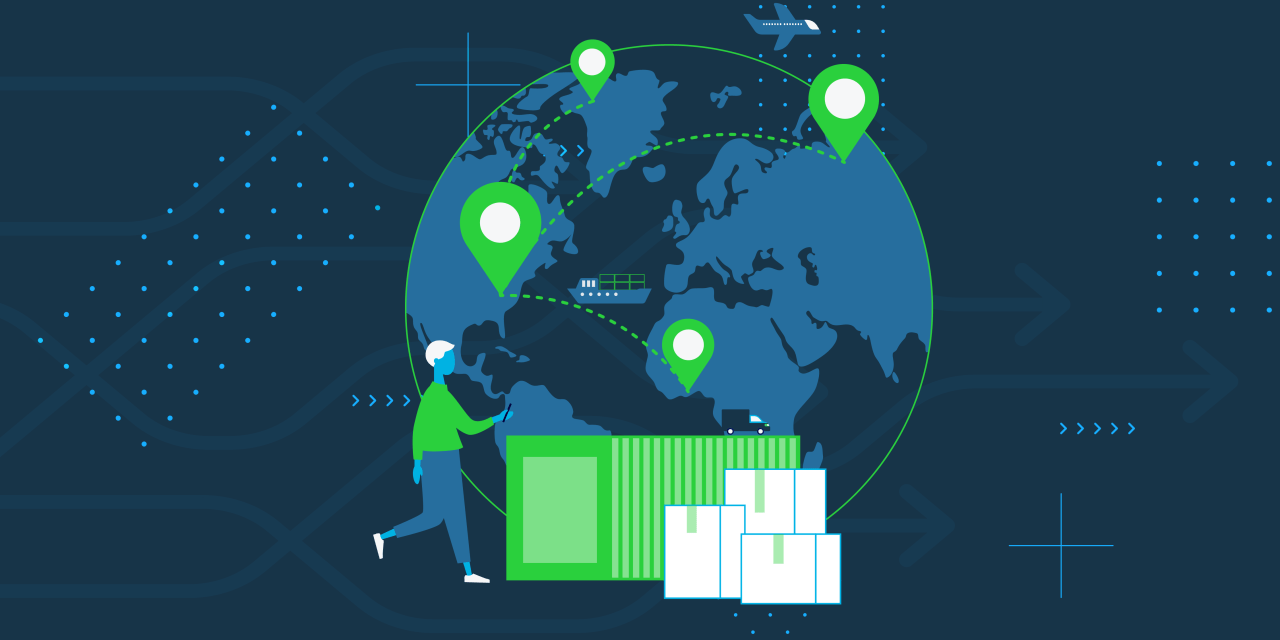How CPG brands are driving sales and achieving seamless fulfillment

Marcus Startzel, CEO, Whitebox
Consumer packaged goods had a banner year in 2020. Increased consumer demand resulted in a 10.4% compound annual growth rate for the industry, per BCG. While it seems unlikely that CPG will continue this fast-rising trajectory, brands can bank on e-commerce as a mature channel.
Consumer behaviors have changed with a growing percentage of shoppers permanently shifting to online shopping. With more brands crowding the digital shelf, CPG leaders are under increased pressure to retain existing customers, acquire new ones and keep margins healthy — certainly no easy task.
To get started, CPG brands can employ the following four strategies to succeed in the e-commerce space.
Mix it up with variety packs and unlikely product pairings
Although sometimes expensive for CPG brands to manufacture, variety and multi-packs win with customers. Not only are they great introductory purchases to sample a brand, but variety packs also result in larger basket sizes. While many CPG brands struggle with the right combination of products to sell, e-commerce has a distinct advantage over brick-and-mortar stores in this regard. The digital shelf is fluid, unlike a retail shelf where products can languish and the environment often offers few insights into what’s moving for weeks and months at a time. E-commerce brands can more easily test combinations of product listings to gauge the consumer’s appetite.
Ad position: web_incontent_pos1
For those selling on Amazon, the platform’s Amazon Market Basket data provides invaluable insight into what customers really want. Amazon data reveals product pairings to test as bundles on a brand’s own site where margins are higher. Brands can drive revenue for consumer-created bundles by selling them exclusively on a single channel, like their own. Plus, bundled products tend to have higher repeat purchase and upsell potential than individual products. Analyzing Market Basket data can help CPG brands get closer to customers, improve product strategy and increase sales.
Test and optimize search data to drive new customer acquisition and repeat purchases
Search is not a set-it-and-forget-it channel — algorithms change and consumer search behaviors fluctuate based on need and seasonality. At every opportunity, brands should use search data to test and optimize for customer retention and acquisition. For example, a brand may invest heavily on searches for its name on Amazon. It is a useful approach if brand awareness is very high and it’s in an unsaturated category, but not if this strategy focuses on a smaller pool of customers than what’s available online. To drive new customer acquisition, brands benefit from expanding paid search to more general terms such as “coffee” instead of “John’s Roast.” This will cast a wider net to those in-market coffee consumers who may not have discovered the brand yet.
Search offers another way to cross-promote a catalog. When a customer searches for a specific product, brands can use a portion of ad space to showcase complementary items. For example, if a consumer searches for a brand’s coffee, the brand can use three of the ad placements for that coffee and one for their branded creamer. On a branded site, tapping into an existing customer list to send promo codes for other products in the catalog or incentivize customers to purchase a bundle that includes the product they purchased with another lesser-known or new item can also help drive more frequent repeat purchases.
Ad position: web_incontent_pos2
Perform shipping due diligence and factor in damage
The cost of shipping individual products matters, especially when it comes to large, lightweight items such as a bag of chips. It’s easy to go down a rabbit hole when trying to understand the differences among carriers and how shipping rates are calculated.
Brands should employ a data-driven strategy to pinpoint who their customers are and where they shop, as well as analyze pack size, which can reveal how much a brand would pay for a six-pack of an item versus an eight or 10-pack. This data-driven exercise focuses on revenue and cost to arrive at the sweet spot for a brand.
Additionally, if a brand has a small catalog of products, stocking in Whole Foods nationally may seem like a smart approach, but the target customer may not shop there, meaning an opportunity to increase the customer base is being left on the table. Brands should consider building their own online store where they can benefit from higher margins, develop closer relationships with consumers and achieve greater retention.
Furthermore, understanding where and how products can be damaged is critical to both sales and customer happiness. Brands should take a wide view of damage to include how products are produced, as well as what materials are used in packaging and delivery. If there is room for improvement in these areas, it may be an opportunity to rethink how the product is manufactured. For example, if a brand sells beverages in a thin metal can, can that packaging withstand air travel without exploding?
Focus on core strengths and outsource the rest
Any type of business should focus on what it does best and find a suitable partner for the rest. Many CPG brands excel at product development or in-store marketing, but e-commerce fulfillment and advertising may not be in their wheelhouse. For many brands, the cost of handling fulfillment in both resources and time far outweigh the benefits when considering economies of scale. Brands may consider partnering with an experienced third-party logistics team to manage pack size, carrier relationships and even customer experience. Similarly, brands that outsource e-commerce sales to a marketing agency gain the people and technology to create and optimize listings, campaigns and promotions across all channels.
There’s no shortage of data brands can collect from digital efforts — both budding DTC brands and traditional CPG companies need to constantly test, measure and apply those learnings to succeed with e-commerce.

